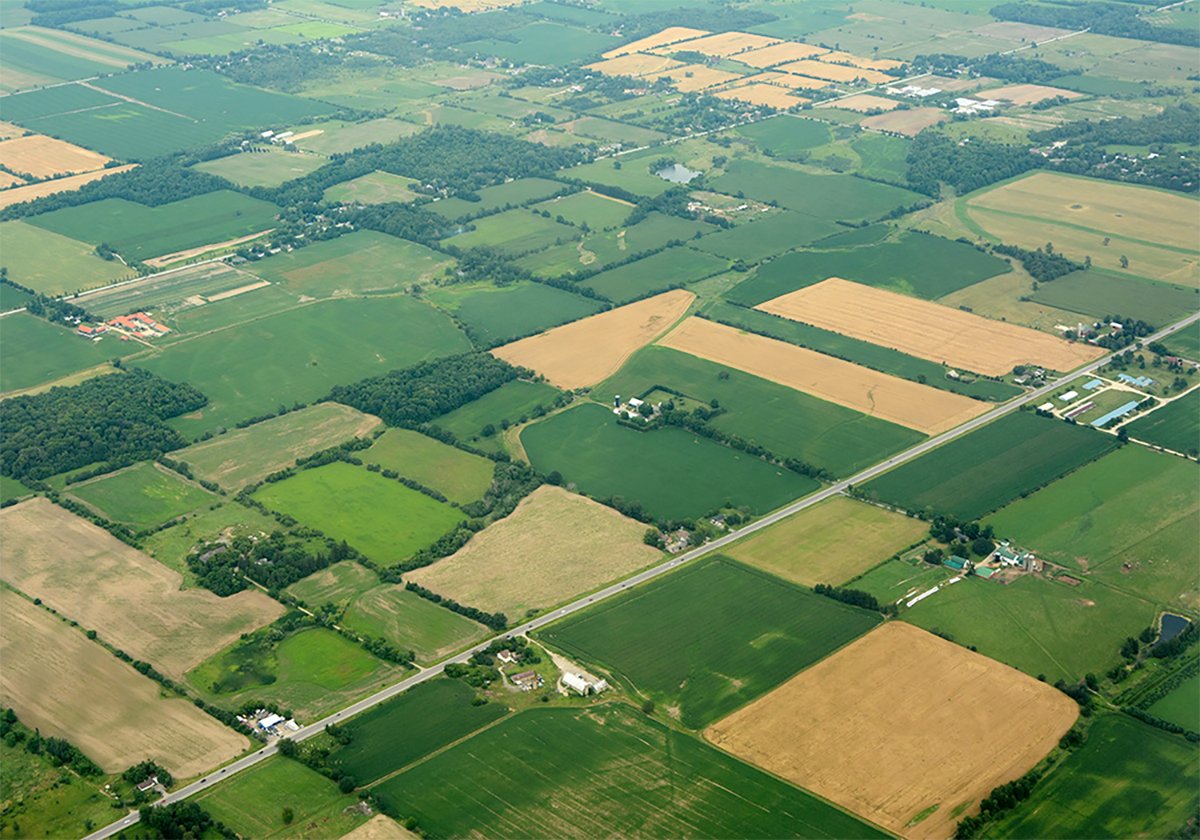Canadian Wheat Board chair Larry Hill responds to a recent editorial.In an April 29 editorial, The Western Producer recommends a strategy to improve the competitiveness of western Canadian wheat. It calls for initiatives such as building on Canada’s reputation as a reliable supplier of quality wheat, increased investment in research and wheat breeding and pursuing trade deals.The suggestion that western Canadian farmers need such a wheat strategy is right on the money but let’s not assume we’re starting from scratch. A multi-faceted wheat strategy now exists, along with marketing and quality-assurance structures that give us significant advantages in successfully pursuing it.The Producer suggests “building on Canada’s reputation as a reliable supplier of quality wheat.” Western Canadian wheat has an edge in terms of reliability. The single desk enables the CWB to manage price, volume and timing. It enables western Canadian farmers to reliably supply volumes and grades of wheat with particular specs over the course of an entire crop year. Reputation is largely about reliability, but it’s also about ensuring that the value of your product is understood. The CWB, as the sole marketer of western Canadian wheat around the globe, has a comprehensive branding strategy that promotes western Canadian wheat as consistent and high-quality – expressly in order to boost high-value sales and attract premium prices. The goal is to position western Canadian wheat as the grain equivalent of a Swiss watch, a German car or French champagne. The wheat branding strategy includes national consumer promotions with Robin Hood flour and Primo pasta featuring the CWB’s “Canadian Wheat Makes It Good” logo on packaging and in advertising, and co-promoting the high quality of western Canadian wheat with Moderna Alimentos S.A. of Equador, a key CWB customer. Similar branding relationships have been developed in Japan, China and Malaysia. We’ve also created a consumer-oriented website dedicated to quality wheat, www.prairiewheat.ca.It is worth noting that branding of Australian wheat has been one of the casualties of the deregulation of that country’s wheat industry. Now that Australian wheat companies are competing against one another for sales, individual companies are unwilling to invest in branding initiatives that will benefit their competitors as well as themselves. In Western Canada, the benefits of branding go directly to prairie farmers.Western Canadian wheat’s reputation for quality is also assured, of course, by the Canadian Grain Commission, which plays an indispensable role in western Canada’s wheat strategy. The WP’s second suggestion is “increased investment in wheat research and breeding.” More public research support is critical to retaining a competitive edge. The Western Grains Research Foundation, financially supported by western Canadian farmers through checkoffs, does a great job with the resources it has, and farmers have benefitted from clear direction of the WGRF in terms of breeding priorities. Western Canadian farmers also invest in research into fusarium at Agriculture Canada’s Brandon Research Centre, wheat storage at the Canadian Wheat Board Centre for Grain Storage at the University of Manitoba, and research into new value-added opportunities for wheat at Agri-Food Discovery Place at the University of Alberta. But wheat farmers should not be expected to foot the entire bill themselves.The CWB’s closely related market development strategy focuses on expanding markets for western Canadian wheat directly and through core support for the industry-leading Canadian International Grains Institute. CIGI delivers excellent customized educational programs and technical support to wheat customers from around the globe. Pursuing trade deals to improve access to foreign markets is the third WP suggestion. The CWB’s trade strategy includes advocating for a World Trade Organization deal that will benefit western Canadian wheat and barley producers through genuine market gains and a reduction in the trade-distorting practices so prevalent in the U.S. and EU. We have taken an active role in encouraging bilateral trade agreements with a number of countries representing important wheat markets like Morocco, Peru and Colombia. The CWB also played a critical role in maintaining access to the important American market several years ago, defeating a major U.S. trade challenge and ensuring farmers rights under the North American Free Trade Agreement were not trampled.Any useful discussion about strategies to ensure the viability of Western Canada’s wheat industry should not overlook our current strengths. As your editorial aptly points out, low-cost producers from Eastern Europe pose a very serious threat, and “we can’t afford to be in a race to see who can offer the lowest price.”
Read Also

Higher farmland taxes for investors could solve two problems
The highest education and health care land tax would be for landlords, including investment companies, with no family ties to the land.














